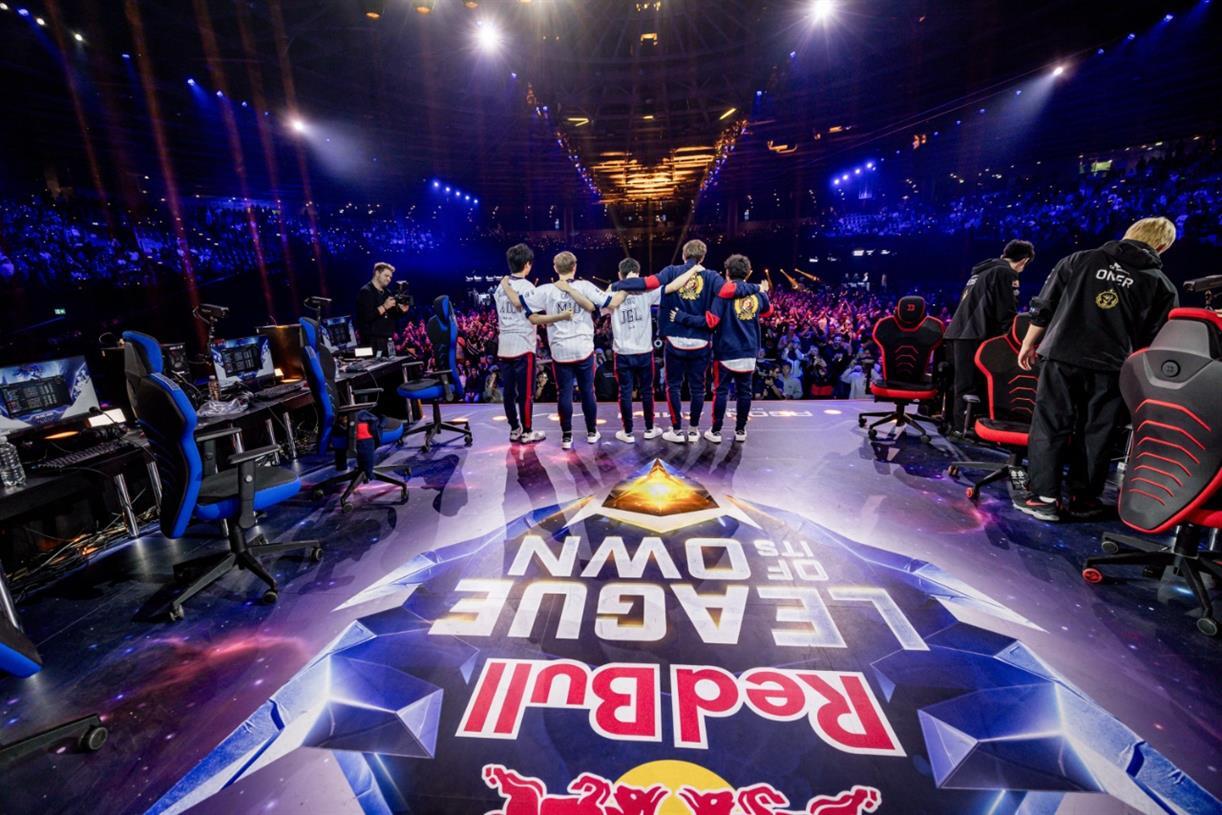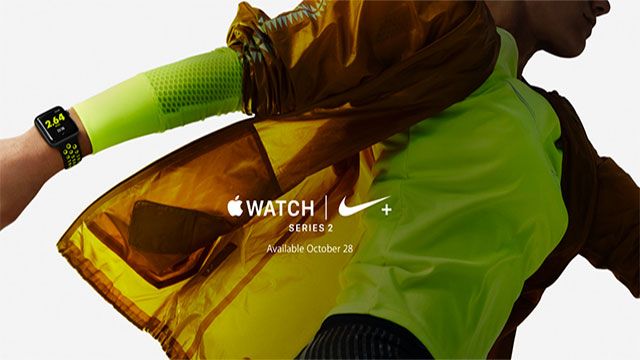Introduction
Sports sponsorship has evolved dramatically over the years. Gone are the days when simple logo placements on jerseys or stadium banners were enough. Today, brands are seeking innovative, measurable, and engaging ways to connect with audiences through sports. In 2024, several global trends are redefining how sponsorships are approached, offering new opportunities for brands and sports organizations alike.
Whether you’re a marketer, a sports enthusiast, or a brand manager, understanding these trends is critical to leveraging sport sponsorship effectively. This blog explores the emerging trends, frequently asked questions, and actionable insights to help you stay ahead in this dynamic landscape.
The Power of Digital Transformation in Sponsorship
The digital age is reshaping sports sponsorship, making it more interactive and measurable.
Trend #1: Virtual Advertising Integration
Virtual advertising, driven by advancements in AI and AR, is reshaping sports sponsorship as we know it. This trend allows brands to seamlessly overlay digital ads into live broadcasts, offering a level of customization that was once unimaginable. Advertisers can target specific regions, demographics, or even individual viewers.
Example:
Imagine a global soccer match where viewers in Europe see ads for luxury car brands, while audiences in Asia are presented with cutting-edge tech promotions.
Why It Matters:
- Compliance with Regional Regulations: Virtual advertising ensures that ads align with local laws and cultural norms, avoiding restrictions on certain product categories.
- Enhanced Viewer Engagement: By tailoring ads to specific audiences, brands can create more relevant and captivating advertising experiences that resonate deeply with viewers.
Explore more about virtual advertising and its transformative impact in our dedicated article: Discover Virtual Advertising.
Got questions? Reach out to the experts at PTF Lab to see how virtual advertising can elevate your sponsorship strategy.
Trend #2: Social Media and Influencer Collaboration
Social media platforms like Instagram, TikTok, and Twitter have become essential tools for activating sponsorships. By leveraging athletes and sports influencers, brands can amplify their reach and create more authentic connections.
Example: Coca-Cola partnered with athletes during the Olympics, creating viral social media campaigns that engaged millions of followers globally.

The Rise of Sustainability in Sport Sponsorship
Sustainability is no longer optional; it’s a necessity. Sports organizations and sponsors are prioritizing eco-friendly initiatives to align with the values of modern audiences.
Trend #3: Green Sponsorships
Brands are teaming up with sports leagues to promote environmental causes. From sponsoring carbon-neutral events to using recycled materials in merchandise, sustainability-driven sponsorships are gaining traction.
Why It’s Effective:
- Resonates with environmentally-conscious consumers.
- Boosts brand image and fosters long-term loyalty.
Esports: The New Frontier of Sponsorship
Esports has emerged as a dominant force in the world of sports sponsorship, attracting brands eager to tap into its young, tech-savvy audience.
Trend #4: Expanding Esports Sponsorship
With a global audience surpassing 500 million, esport offers a massive platform for brands. Sponsorships in esports include everything from branded jerseys for players to in-game advertising.
Key Stats:
- The esports market is projected to exceed $1.8 billion in revenue by 2025.
- 70% of esports fans are under 35, making it a prime demographic for many brands.
Example: Red Bull’s sponsorship of esports tournaments highlights how brands can authentically engage this growing market.

Data-Driven Sponsorships: Precision is Key
In an era where every dollar counts, brands are relying on data to maximize the ROI of their sponsorships.
Trend #5: Advanced Analytics for Sponsorship ROI
Using tools like AI and machine learning, brands can now track the performance of their sponsorships in real-time. Metrics such as audience reach, engagement rates, and conversion data are helping sponsors make informed decisions.
Why It’s Important:
- Ensures better allocation of sponsorship budgets.
- Provides transparency and measurable results.
Example: A beverage company used AI to analyze its sponsorship of a basketball league, optimizing its ad placements based on viewer data.
Cross-Industry Partnerships: Sports Meets Tech and Lifestyle
Sports sponsorships are no longer confined to traditional industries. Tech giants, fashion brands, and even healthcare companies are entering the fray.
Trend #6: Unconventional Sponsorship Collaborations
The intersection of sports with other industries is creating unique sponsorship opportunities. For instance, a fitness app partnering with a marathon or a fashion label designing limited-edition sports merchandise.
Example: Nike’s collaboration with Apple for fitness tracking devices shows how cross-industry partnerships can create innovative sponsorship models.

FAQs About Global Trends in Sports Sponsorship
1. Why is virtual advertising so popular in sports sponsorship?
Virtual advertising offers unparalleled flexibility and personalization, allowing brands to target specific demographics without interrupting the viewer experience.
2. What role does sustainability play in sponsorship?
Sustainability aligns brands with the values of eco-conscious consumers, improving brand perception and fostering loyalty.
3. How can brands measure sponsorship ROI?
Brands can use data analytics and AI tools to track metrics such as audience engagement, conversion rates, and brand recall.
4. Is esports sponsorship worth it for non-tech brands?
Absolutely! Esports attracts a young, global audience that offers opportunities for both tech and non-tech brands to expand their reach.
5. What’s the future of sports sponsorship?
The future lies in personalization, data-driven strategies, and integrating technologies like AR and VR to enhance fan experiences.
Conclusion
The world of sports sponsorship is evolving rapidly, driven by technology, sustainability, and changing consumer preferences. By staying attuned to these global trends, brands can unlock new opportunities, maximize ROI, and forge meaningful connections with their target audiences.
Whether it’s leveraging virtual advertising, embracing sustainability, or exploring esports sponsorship, the key is to stay adaptable and innovative. The future of sports sponsorship is here, and it’s more exciting than ever.
